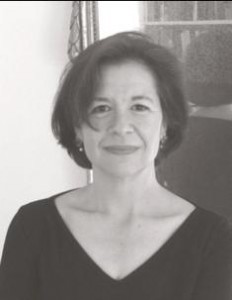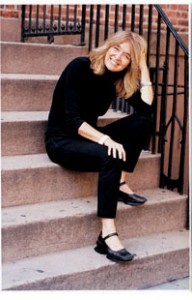Writing about our own lives is a little like dumping a puzzle out of its box, scrambling the pieces, and then rebuilding bit by bit. To do memoir well, we must pick the most fascinating pieces. We can’t simply spill our whole life on the pages.
I rarely opine much about writing in my blog, but I recently spent two days immersed in the craft and business of writing at Grub Street’s annual Muse & the Marketplace conference. It’s hard to shelve everything I learned and thought about during that weekend. Some advice I gleaned from authors Joan Wickersham, Rahna Reiko Rizzuto, and Ann Hood, is worth exploring – and sharing.
Joan, who wrote The Suicide Index about her father’s death, spoke about those vexing rules of writing. Show, don’t tell. Write what you know. Keep the same point of view and consistence voice.
“As a seasoned writer, these rules dog me,” Joan said. “I try not to think about the rules when I’m writing, but I think a lot about the rules when I’m revising.”
Better yet, she rewrites the rules to make more sense. Show and tell. Write what we know emotionally. She read excerpts by famous authors that likely would have made an English teacher cringe at such blatant rule-breaking. “You really have to become the writer you’re meant to be,” Joan said.
I worked for nearly 25 years as a newspaper journalist. Rules often reign supreme in newsrooms. “You can’t write in present tense. You can’t refer to people by their first names. You can’t use sentence fragments.” Over the years, I became a fan of what Joan emphasized. It’s okay to break the rules. Learn them first, then experiment and be willing to fail.
I winced as I remembered my first stab at a memoir about losing my brother. It was a here are the facts, madam, kind of attempt. I did not dig deep into my soul. I did not examine what aspect of my story might resonate with someone else. It took tossing that draft into a drawer for years for me to understand that memoir is not about an event as much as it is about the meaning behind what happened. Yet, like a great novel, a memoir also must have a sense of story. Yes, it must show and tell.
Rahna caught my attention with her tips about dialogue for memoir. Few of us can remember exactly what was said in conversations decades ago let alone a week ago. We remember bits and pieces. We remember emotions and settings. Dialogue, Rahna said, is the frame for relationship between characters in memoir. I liked an example she used to illustrate how a few words of dialogue wrapped in detail could be effective.
Ann Hood, meanwhile, taught writers about revision. Her first tip was the most memorable: “Rule #1 is: Get rid of that time clock.”
I spent most of my reporting career working against the clock. My stories often had to be turned in by 5 p.m. the same day. The ability to write quickly can be a blessing and a detriment. I can easily make deadlines, but I’m also so used to deadlines that I set tight time windows for myself whether I need to or not. Ann reminded me that it’s okay – and often necessary – to write a piece, put it away for a while, and then revise. It’s fine to let it sit yet again. And while that piece is sitting, work on something else.
Thanks Ann, Joan, and Rahna for inspiration, motivation, and a reality check.








What a great roundup of your sessions! Thanks for this!